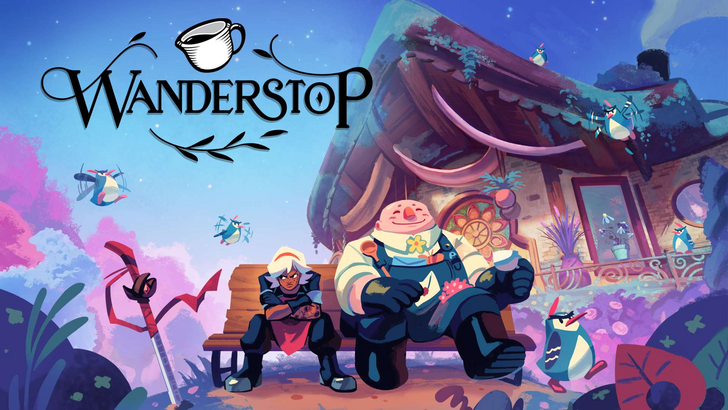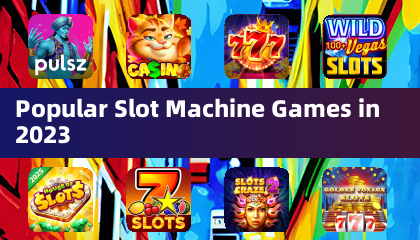Rod Fergusson, the general manager of the Diablo series, opened his talk at the DICE Summit 2025 with a candid reflection on one of the franchise's most notable setbacks: Error 37. This error, which plagued the launch of Diablo 3, barred countless players from accessing the game due to overwhelming server demand. The resulting backlash and memes underscored Blizzard's initial struggles with managing the launch. Despite this, Diablo 3 eventually achieved success after Blizzard addressed the issue.
Fergusson's focus at the summit was not just on past failures but on ensuring the resilience of Diablo 4 as a live service game. He discussed four critical strategies for maintaining the game's health: scaling effectively, maintaining a steady content stream, being flexible with design purity, and keeping players informed about future updates. These strategies underscore Blizzard's commitment to keeping players engaged over the long term, a significant shift from the traditional model of releasing numbered sequels every few years.
In a follow-up conversation at the summit, I asked Fergusson about the long-term vision for Diablo 4. Is it intended to be a permanent fixture, akin to an "immortal" game like World of Warcraft, or is there a point at which Blizzard would consider moving on to Diablo 5? Fergusson expressed a desire for Diablo 4 to endure for years, although he hesitated to commit to the term "eternal." He referenced Destiny's initial ten-year plan, which was later adjusted, and emphasized Blizzard's goal of respecting players' investment of time by ensuring a visible and engaging roadmap.
Fergusson's approach to planning has been influenced by past experiences. He cited the delayed release of Diablo 4's second expansion, Vessel of Hatred, originally planned for a yearly release but pushed back to 2026 due to the need to support the live game and its first season. He now prefers to provide players with a clear but not overly specific timeline, avoiding the pitfalls of overcommitting.
Transparency is a key element of Blizzard's strategy for Diablo 4. Fergusson discussed the use of a Public Test Realm (PTR) and content roadmaps, initially hesitant due to concerns about spoiling surprises for players. However, he has come to believe that it's better to "ruin the surprise for 10,000 people so that millions of people have a great season." This approach allows the team to test and refine updates before they go live, minimizing the risk of major issues.
Expanding the PTR to consoles is a challenge Fergusson is keen to address, with support from Blizzard's parent company, Xbox. He also highlighted the benefits of Diablo 4's inclusion on Game Pass, which removes barriers to entry and attracts new players, contrasting it with the free-to-play model of Diablo Immortal.
As we concluded our discussion, I inquired about Fergusson's current gaming habits. He dismissed comparisons between Diablo 4 and Path of Exile 2, noting their distinct differences but acknowledging the importance of accommodating players who enjoy both games. He shared his top three games by playtime in 2024: NHL 24, Destiny 2, and, unsurprisingly, Diablo 4, with 650 hours on his personal account. Fergusson's deep passion for Diablo is evident, driving his commitment to its ongoing development and success.

 LATEST ARTICLES
LATEST ARTICLES 












